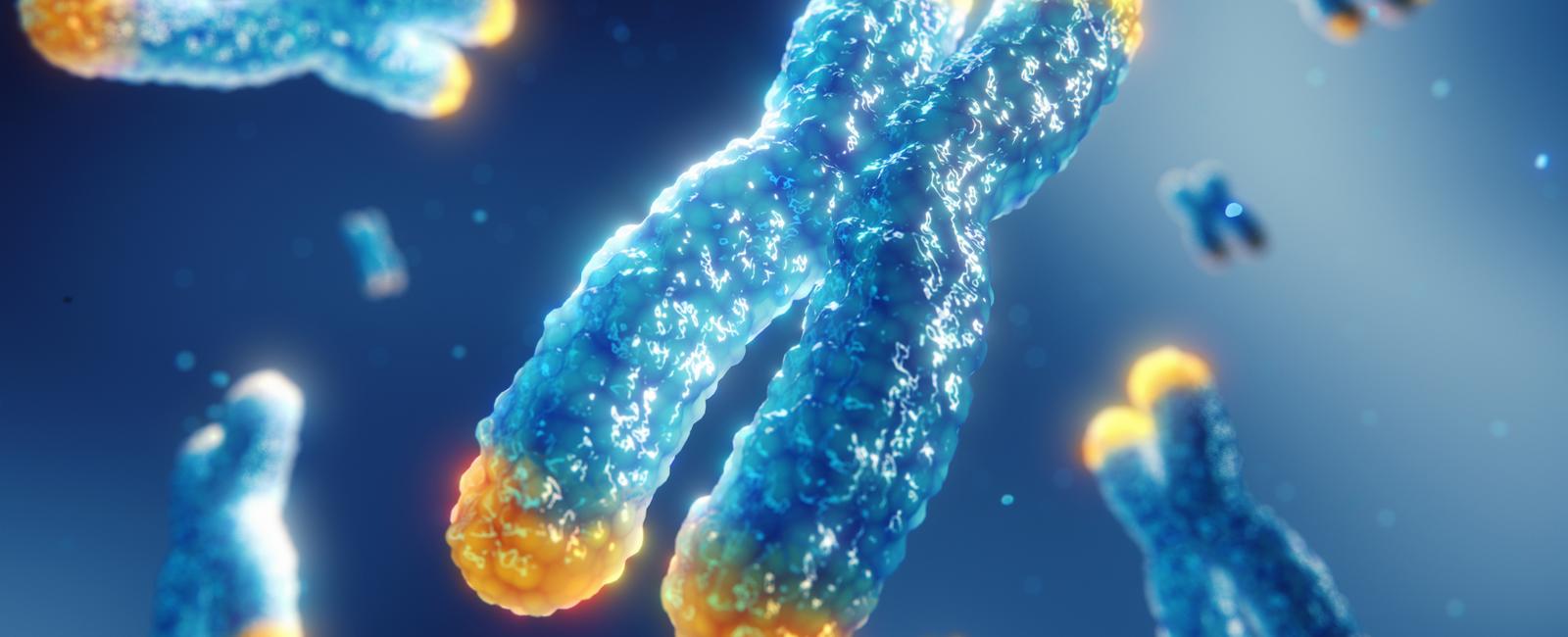Teloseq 12-plex Human and Cow cell lines

The Oxford Nanopore Technologies multiplex Telo-seq protocol can be used to sequence native telomeres and, coupled with the EPI2ME analysis workflow wf-teloseq, provides both global and chromosome-arm specific telomere length estimation. The method allows multiplexing of up to 12 samples on a single flow cell. This post describes a new Telo-seq 12-plex dataset release covering data for two human cell lines (HG002, 6 samples; HG005, 3 samples), and cow peripheral blood mononuclear cells (PBMCs, 3 samples), multiplexed together and sequenced on a PromethION and a GridION Flow Cell.
Dataset
The dataset is available for anonymous download, without login, from a public Amazon Web Services S3 bucket. The bucket is part of the Open Data on AWS project enabling sharing and analysis of a wide range of data. The data can be downloaded with the AWS CLI command:
aws s3 sync --no-sign-request s3://ont-open-data/wf_teloseq_LC2025 wf_teloseq_LC2025
See the tutorials page for information on downloading the dataset. You can also browse and download the files in your web browser courtesy of 42basepairs.
| Folder name | Size | Description |
|---|---|---|
| RAW | 566 GB | POD5 |
| Basecalls | 81 GB | BAM files |
| Analysis | 132 GB | Workflow outputs |
Sample
| Attribute | Value |
|---|---|
| Sample Name | HG002, HG005, Cow PBMC |
| Organism | Human, Cow |
| Molecule Type | gDNA |
| Sample Type | HG002 and HG005 are cultured cells. Cow PBMC are from blood. |
| Biological replicates | 1 |
| Flow Cell replicates | 2 (one PromethION, one GridION) |
Preparation
Sample preparation was performed according to protocols published on the main Oxford Nanopore Technologies’ website.
| Attribute | Value |
|---|---|
| Extraction | ‘PBMC isolation protocol’ to obtain the cow PBMC from the cow blood and PureGene cell DNA extraction method to the obtained PBMCs, HG002 and HG005 cells. |
| Library Prep | Telomere multiplex sequencing (Telo-seq) |
| Kit | EXP-NBA114, EXP-ULA001, EXP-LFB001 and EXP-AUX003 |
Further preparation information such as sample storage suggestions can be found at https://nanoporetech.com/documentation/prepare.
Sequencing
Sequence data was generated using the following configuration:
| Attribute | Value |
|---|---|
| Flow Cell | FLO-MIN114 and FLO-PRO114M |
| Device | GridION and PromethION |
| Chemistry | R10.4.1 |
| Basecall Model | dna_r10.4.1_e8.2_400bps_sup@v5.0.0, dna_r10.4.1_e8.2_400bps_hac@v5.0.0 |
| MinKNOW Version | 6.2.6 |
Analysis
Analysis outputs are available. The analysis results are located in the S3 bucket under the prefix:
s3://ont-open-data/wf_teloseq_LC2025/analysis
EPI2ME workflow used to generate analysis outputs:
Related Materials
Share
Table Of Contents
Related Posts
Related Links
